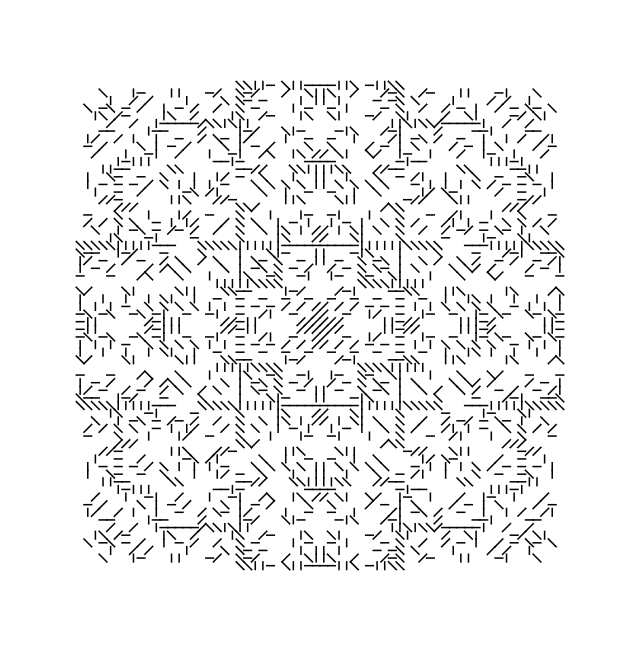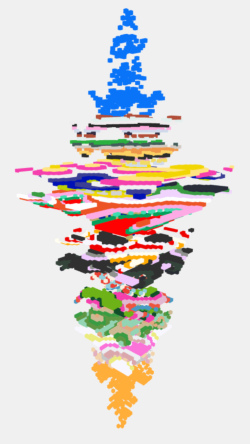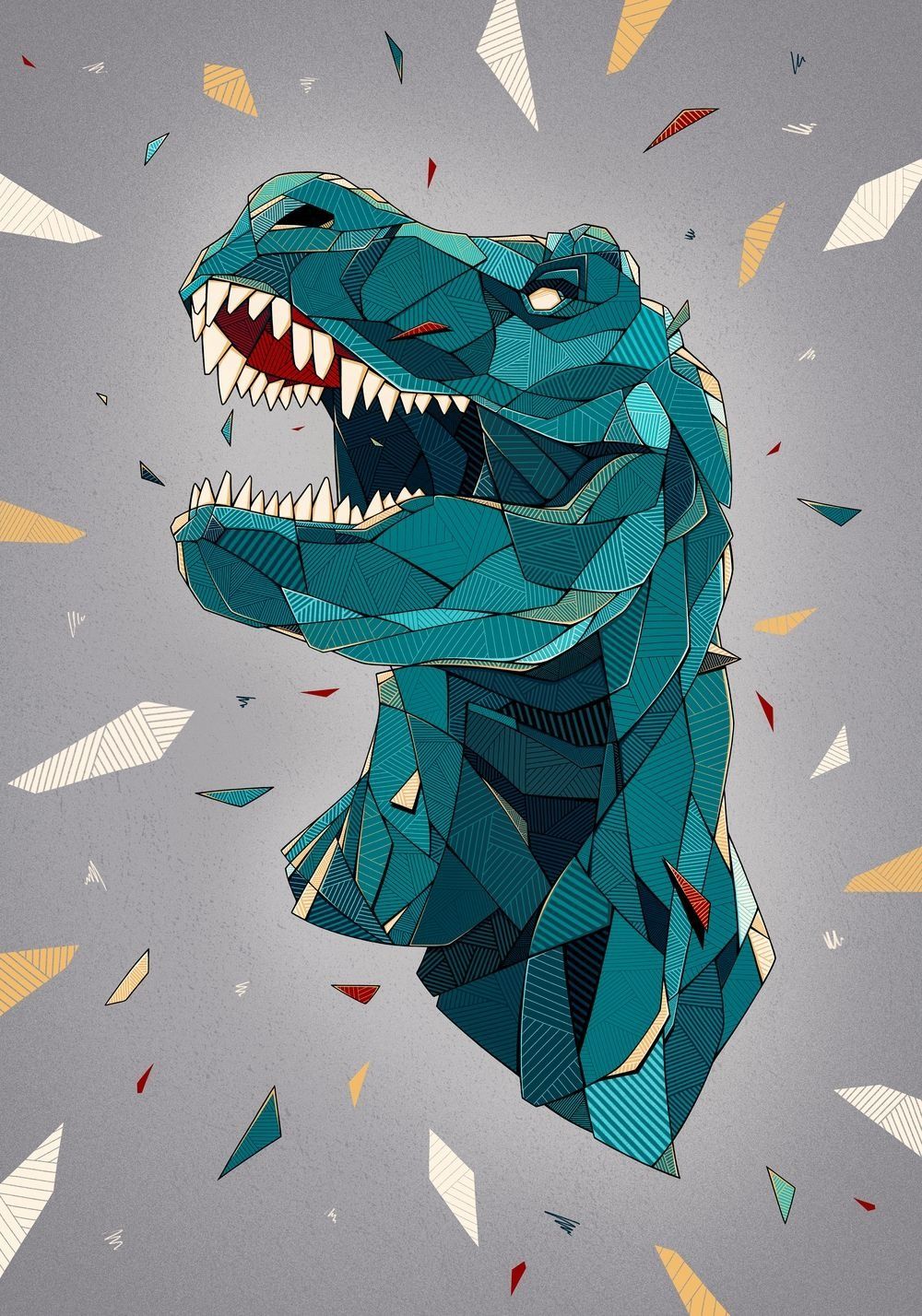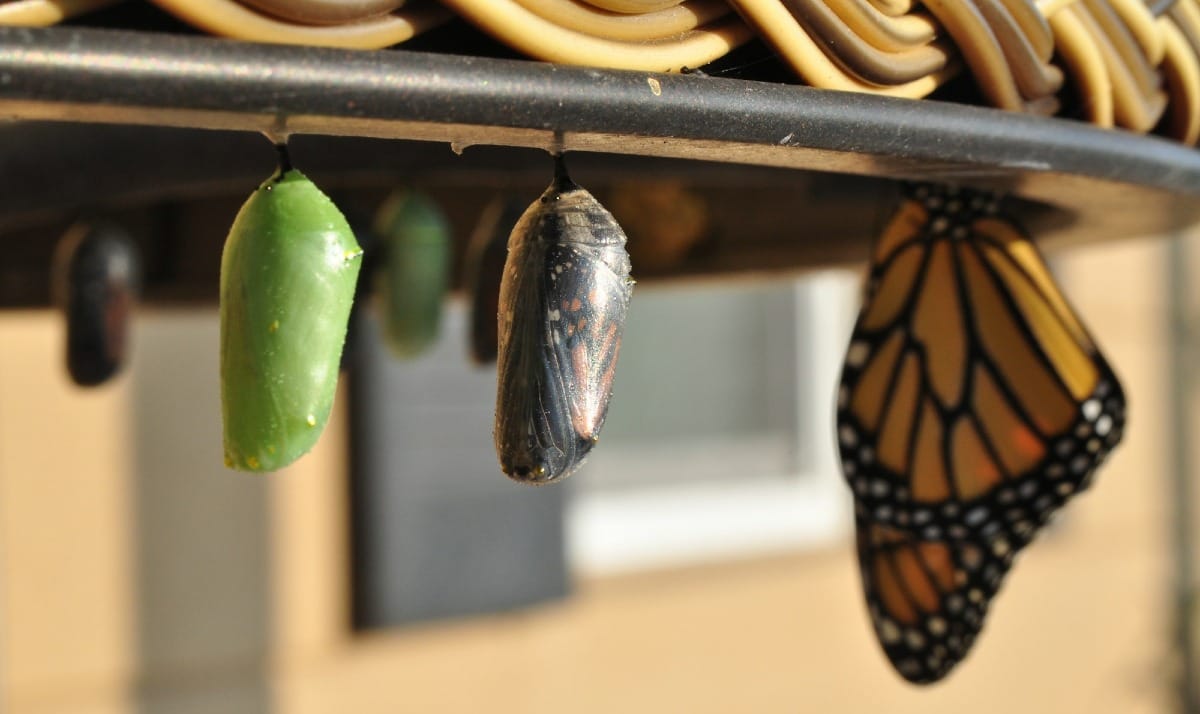The emergence of NFTs has heralded a transformative era for the art world, granting digital artists unprecedented capabilities to affirm authenticity and ownership. This advancement is a significant leap forward, yet, in spite of the innovation offered by blockchain technology, much digital art still adheres to traditional frameworks, missing the chance to explore the full breadth of this novel medium.
The lineage of digital art spans back to the 1960s and 70s, with artists beginning to experiment with emerging computer technologies. Through the 80s and 90s, as personal computing burgeoned, digital art crafted many impressive works, though it often lingered on the periphery of the mainstream art scene. The explosion of interest in cryptocurrency and blockchain technology in recent years has finally thrust digital art into the limelight, propelling it into a broad and rapidly growing category. Despite this newfound attention, today's blockchain-based digital art frequently echoes the themes and methods of its predecessors, yet the march towards exploring unventured realms is not only possible but inevitable. Projects like ‘Terraforms by Mathcastles’ are leading this charge, showcasing the untapped potential awaiting beyond the familiar.
A common challenge within the blockchain space is the inclination to pigeonhole digital art into narrowly defined subgenres rather than embracing the opportunity to push creative and technological boundaries. This tendency is evident in the ongoing discourse around 'generative art' and the nebulous distinction between 'On Chain' and 'Off Chain' art. 'On Chain' art stores its entire dataset within the blockchain, ensuring immutability and decentralization, while 'Off Chain' art leverages the blockchain primarily for verifying ownership and authenticity, with the actual artwork hosted externally. These distinctions are pivotal for grasping the innovative possibilities of NFTs, signifying a realm ripe for exploration that projects like Terraforms are beginning to uncover.
Before Diving into the Debate
The significance of early NFT projects such as Larva Labs' CryptoPunks and Autoglyphs, along with Snowfro’s Art Blocks platform, cannot be overstated. These initiatives utilized blockchain technology in ways that marked significant milestones in digital art, democratizing and innovating the space for artists worldwide. Yet, upon closer inspection, many such endeavors primarily leverage blockchain as an advanced ledger rather than a medium for dynamic expression. This observation underscores a broader trend where the full creative capacity of smart contracts remains largely untapped.

Enter Terraforms by Mathcastles
In December 2021, the digital art world was introduced to Terraforms by Mathcastles, a project that boldly proclaimed, “Onchain land art from a dynamically generated on chain 3D world.” This initiative, crafted by the pseudonymous duo @0x113d and @xaltgeist, leverages the Ethereum blockchain's immutable nature to create a living, evolving digital landscape of 11,104 NFT 'parcels'.
Each parcel not only stands as an individual piece of On Chain art but also forms part of a collective narrative within a fictional 'Hypercastle'. This visionary approach transforms the blockchain into a shared canvas for creative expression, heralding a new era where digital art can flourish indefinitely.
This structure, both represented as visible parcels and an imagined 20-level ‘Hypercastle’, is both a critique of the misrepresentation, marketing, and general extremely short-term thinking around terms like the ‘metaverse’, but also a technical masterpiece pushing the new medium forward.

From its inception, Terraforms was more than just an NFT project, becoming a nexus of technology and art, thanks to its vibrant Discord community. This collective of enthusiasts and innovators didn't just support the project; they actively contributed to its growth by developing essential tools, including an advanced explorer and a comprehensive set of viewing and editing applications. Additionally, the founders themselves took the initiative to teach educational courses, deepening the community's understanding and engagement with the project. Through these efforts, Terraforms emerged as a pioneering platform, showcasing the transformative impact of direct founder involvement and community-driven innovation.
Celebrating its second anniversary, the project unveiled Version 2.0 – a significant upgrade that users could opt into. This version introduced the “Antenna” mode, allowing parcels to receive and display broadcasted art. It marked a new chapter in the project's journey, reminiscent of the early days of MS Paint, where the computer was a novel medium for artistic expression. Now, in a similar pioneering spirit, Terraforms harnesses the blockchain, not merely as a ledger or a marketplace, but as a canvas for perpetual evolution and creativity.
Conclusion
Terraforms by Mathcastles and the discourse surrounding it underscore a critical juncture in digital art, where the exploration of new mediums and technologies is not just an option but an inevitable evolution. This journey into the uncharted territories of blockchain and NFTs showcases the endless possibilities for creativity and collaboration, positioning Terraforms not as an outlier but as a forerunner of the future of digital art.
This article is not a critique of any projects but a look at how the Mathcastles Studio is pioneering new avenues in digital art. It is an opinion piece on behalf of digital art collector and investor, Dinosaur (@Dinosaur0x).
Community Contributions
Unofficial Community Guide / FAQ - Google Slides
Terraforms by Mathcastles YouTube Presentation by mmmatto.eth - YouTube
Terraform Explorer - Site
3D Hypercastle Explorer - Site
Drawing Tools - Site
Mathcastles Zero Suite by Outland Art - Article
Glitch Marfa - Terraforms - Article
The Map is the Territory by Outland Art - Article
An Ode to Terraforms - Substack

